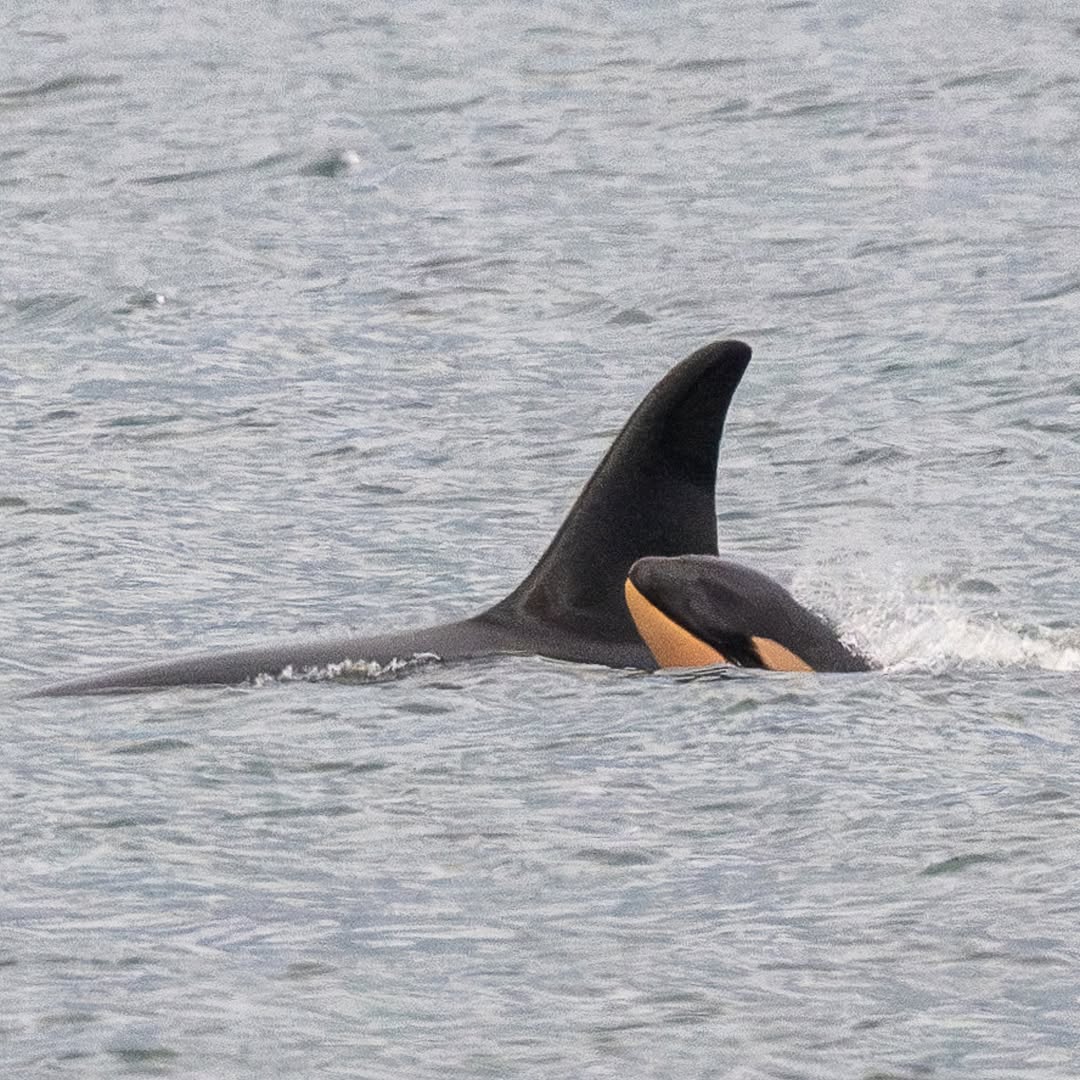The **story of the orca Tahlequa** is already known worldwide and moving. It is about the individual who swam carrying her dead calf for 17 days in an apparent act of mourning, in **2018**.
Now, years later, she gave birth to a new baby. This was confirmed by Michael Weiss, director of research at the **Whale Research Center**.
Tahlequah’s calf, known to researchers as **J35**, was first seen on **December 20th** while swimming with the “J” pod in the Puget Sound area, **United States**.

## The story of the orca Tahlequah
In **2018**, the mourning of this orca, known to researchers as J35, began to make headlines worldwide. She swam **over 1000 miles, or 1600 kilometers, alongside the corpse** of her calf, who died hours after birth, for 17 days.
Two years later, in 2020, Tahlequah gave birth to a baby again and now, in 2024, she became a mother again, this time **unexpectedly**.
Initially, researchers could not confirm the identity of the calf with certainty. However, they eventually identified signs of trust and security between them. They identified Tahlequah as the mother and the calf as alphanumeric **J61**.
“I was looking at my photos to see which whales passed close to the port side of the ferry I was on and noticed a **much smaller dorsal fin** in one of the photos,” detailed a nature photographer to *CNN*.
“My first reaction upon seeing the calf was one of **complete shock**,” he summarized. As I looked through the series (of photographs), I realized it was a very small calf, much smaller than any of the known calves in the group,” he described.
“Based on the size and color of the calf, I realized it was a new calf traveling with J35, my whale, the one that started my obsession,” he recounted.
## Concern for the orca population in the area

While the news of the new calf’s birth is joyful and hopeful, researchers are still concerned about the **southern resident orca population**.
They are classified as **endangered species** in Canada and are “one of the marine mammal populations at greatest **critical risk** of extinction in the U.S.,” according to researchers.
According to researchers, the population grew from the late 1970s to the mid-1990s, reaching a peak of 98 animals. This year, the **population census counted 73**.
In light of this problem, the **Whale Research Center** stated in a Facebook post: “The southern resident orca population needs broad access to their food supply, mainly **salmon, to survive and thrive**. Every birth counts, and these whales need enough fish to sustain themselves and their calves.”
**[Do you already know our YouTube channel? Subscribe!](https://www.youtube.com/channel/UCrYLIWysAyv4m833zGAQ02g)**

